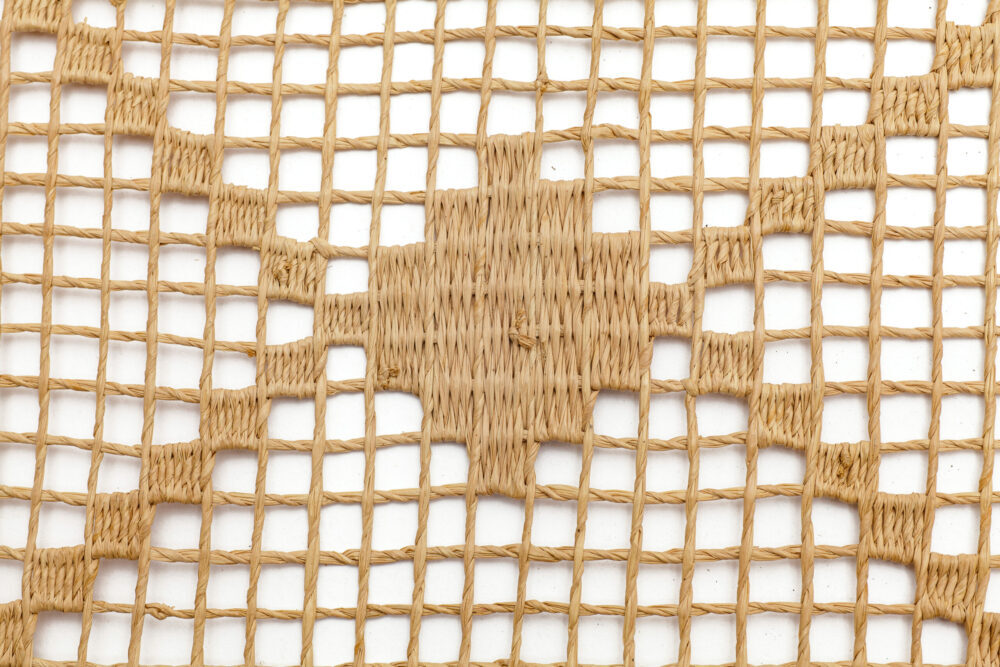
Objects of the Forest in Finland – Interview
Anna van der Lei is Lecturer in Contemporary Design at the Design Department at Aalto University School of Arts, Design and Architecture. She obtained her Bachelor's degree at The Design Academy Eindhoven and her Master's degree at Aalto University.
Andrea Bandoni: It was a pleasure to present project Objects of the Forest at Aalto University. How do you explore design and nature during your courses at Aalto? What Objects of the Forest added to your classes? And what do you think it adds to your students?
Anna van der Lei: Nature is more than an inspiration - we collaborate with and learn from nature. We often visit the forest with our students to better understand our relationship with the materials (used in the design process) and also to discover untapped materials. Having empathy towards nature and its ‘products’ is the key to successful collaboration. Another important aspect is the concept of nature as a guide. Nature has already – through millions of years of trial and error – solved complex problems and therefore can serve as a great guidebook or inspiration for surface or even system-level design. Objects of the Forest is a great example of how design follows nature. It shows my students that not all answers and ideas will come from staring at your screen. It also shows that design is not merely about creating something and that the process, or journey, is as important and can even be the outcome itself.
AB: Objects of the Forest comes from a context where nature prevails. In Finland there’s a lot of preserved forests and people seem to have a close and very respectful relationship to nature. Can you detail a little more what nature means to Finnish people?
AVL: Years ago, one of my Finnish students told me ‘If you are scared or lonely the forest is there to protect you’. This made an impact on me. This is how she grew up, the forest being a mother who will always be there, who she visits when in need of protection. It’s maybe hard to envision but I find Finnish people being forest people – it’s in their blood. In my view one of the reasons modern Finns are so connected to the forest is the Everyman’s Rights, a rule that states everyone in Finland is allowed to forage and hike in any forest - even when privately owned. They simply always have access to it. Foraging is very much part of Finnish culture, even today, and practiced by all ages.
AB: Do you think we could find in Finland objects that show a harmonious relationship between humans and nature?
AVL: There are plenty of objects showing the relation between humans and nature from a guksi to the sauna vihta which is made from birch branches. Finns hit themselves - and often others - with these when in the sauna. It’s good for the blood circulation and comes with a pleasant smell. But there is also a lot of discussion around some of these old practices. Take for example bark weaving, if the bark is not harvested properly the tree might eventually dye.
There is a lot of tacit knowledge still out there which will, if not passed down, eventually vanish. But should we sustain traditions that can be harmful to nature? This is a question I think many of us are asking ourselves.
AB: Objects of the Forest is a project made in Brazil in the very specific context of the Amazon rainforest. However, in Brazil as in many other parts of the world, design is still mostly seen as style and therefore as something superficial. Do you think this perception can be changed, and if so how? Which kind of approaches to design could help that change?
AVL: Design is in constant flux and new design methods, studies, directions and professions are popping up like mushrooms on a rainy day. This all due to the world outside the doors of the university rapidly changing and the university reacting upon. In other words design is nowadays a much broader and multifaceted discipline. Also in Europe we still have designers who see design as a ‘style’ but this is just one of many layers. Design runs from ‘style’ (or aesthetics) to ‘strategy’ to ‘system’ with many levels in between. It’s very important that designers already while studying are introduced to the diversity of design. So, design education plays a role and this might be the place where change could start.
The more designers are visibly involved in different types of activities the better the society will understand and embrace the power of design.
4- Last: Do you have a favorite object in Objects of the Forest? Which one and why?
AVL: The Cuias/ Bowls! During one of your beautiful lectures you mentioned that these bowls are not just bowls but containers for mixing, bowl for bathing, toys for the kids and even act as a shovel. I always wonder why we categorize items so much in Europe. We would not even think of drinking from a bowl we would use for bathing. Categorizing objects results in us having way too many objects, which of course is part of the Western socio-economic structure. This is a topic I often discuss with my students – why do you want to label your product? I feel we can learn a lot from Objects of the Forest: the way people in the Amazon interact with their objects could change the way we in the Western world produce and consume.